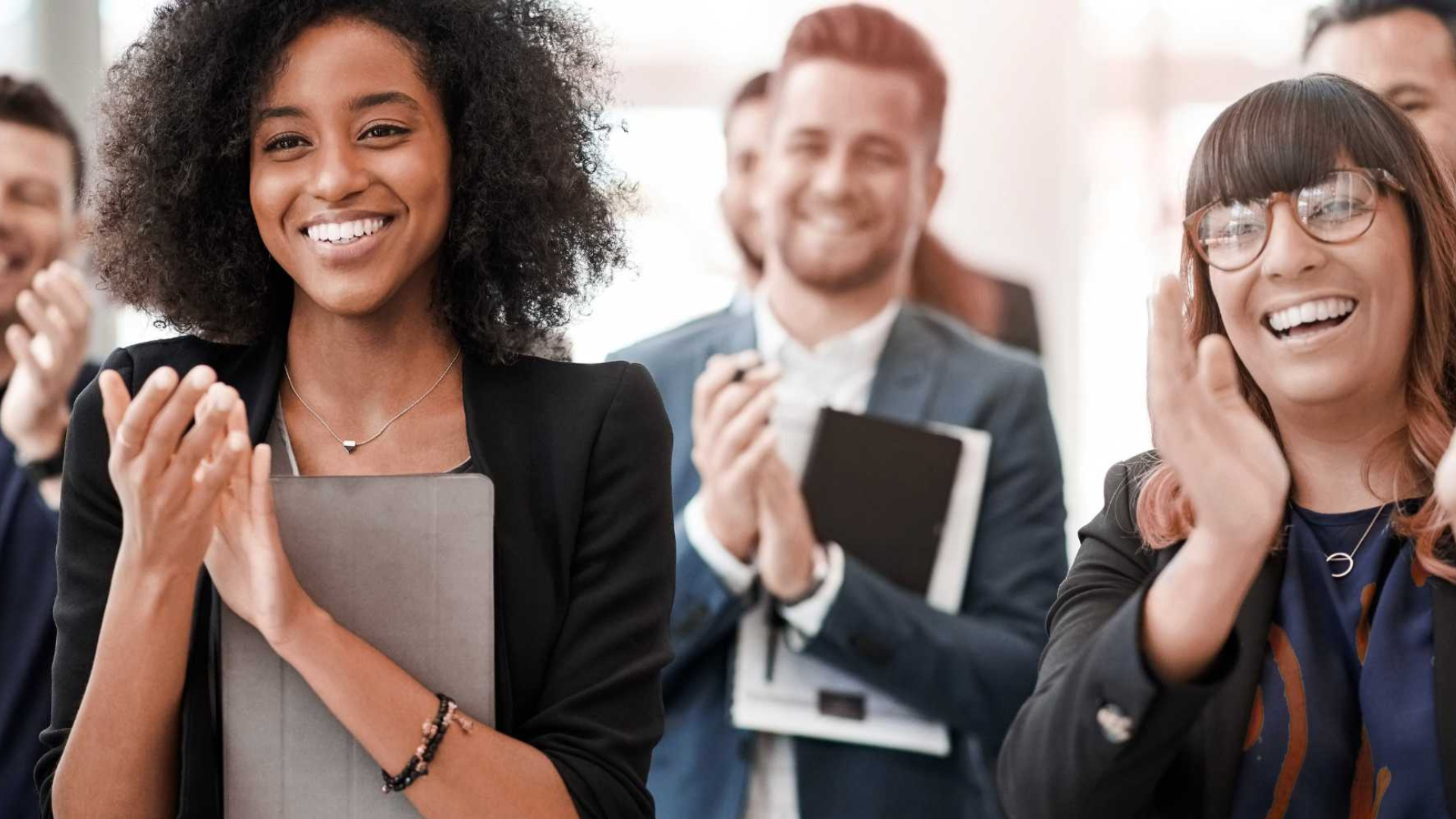Alan Herrity | August 19, 2020

By Alan Herrity | August 19, 2020 | Workplace
Earlier this year we posted a blog Beyond the Pandemic, The Future of Work. This is a follow up with our observations over the past few months. I have been speaking with many organisations’ Senior leaders and Executives over the last few months and have noticed some common themes.
Whilst some organisations have stopped or paused initiatives due to the pandemic, the good news is many are now picking up again. They have learnt how teams can work remotely, however many individuals are still grappling with the challenges presented by working from home. This includes managing children’s remote learning whilst working, working excessive hours, Zoom fatigue and ensuring work-life balance, which is harder when you’re in lockdown with limited downtime activity options.
Organisations have adapted and are increasingly using collaboration tools or are embracing the use of video for morning coffee catch-ups, Friday afternoon drinks or embraced concepts such as Zoom background themes days, team trivia nights and virtual birthdays, which helps people feel connected with their peers and colleagues.
Leadership of remote teams has not been without its challenges. Some leaders have taken to it like a duck to water and others have found it more difficult. A senior executive told me that he manages his teams via outcomes only, not the minutiae of activity. He said that remote collaboration is working, however it does feel quite functional. The big test is how people will react if things go wrong. Perhaps, this has already been tested to a certain extent with the impacts of the pandemic.
Interesting to note is that there are many examples of organisations having delivered initiatives in days and weeks that would usually take months as a result of necessity in some cases the foresight and bravery to do things different in others.
A recent article by Mckinsey re-enforces this. Kate Smaje, a senior partner and global co-leader of McKinsey Digital says,
“Business leaders are saying that they’ve accomplished in 10 days what used to take them 10 months. That kind of speed is what’s unleashing a wave of innovation unlike anything we’ve ever seen.”
It is important, however, to acknowledge that many initiatives have been delivered at speed due to employees working long and excessive hours. A balance between a can-do attitude, speed and looking after employee well-being is absolutely critical for the future.
I mentioned in my previous blog that the impacts of the pandemic could be the Uber moment for the commercial real estate industry. The city centres of the future may become mostly residential with remote working hubs and meeting places. Organisations are looking to reduce their real estate footprint as people will not return to work in the same way as prior to the pandemic. Many organisations I have spoken with have surveyed their employees and the general consensus is, at the very least, people want more flexibility around working from home in future.
Executives are concerned about diluting corporate culture if we do not return to the office in the same way as before. The challenge for organisations will be how to ensure employees feel valued, connected and engaged when they see less of each other face-to-face.
Returning to theme of organisations who have thrived during the pandemic, the McKinsey article I mentioned earlier states that even before the global health crisis hit, 92% of company leaders surveyed by McKinsey thought that their business model would not remain viable at the rates of digitisation at that time.
In conclusion, we have already seen multiple impacts on the workforce stemming from the pandemic and this is just the beginning.
Alan Herrity










